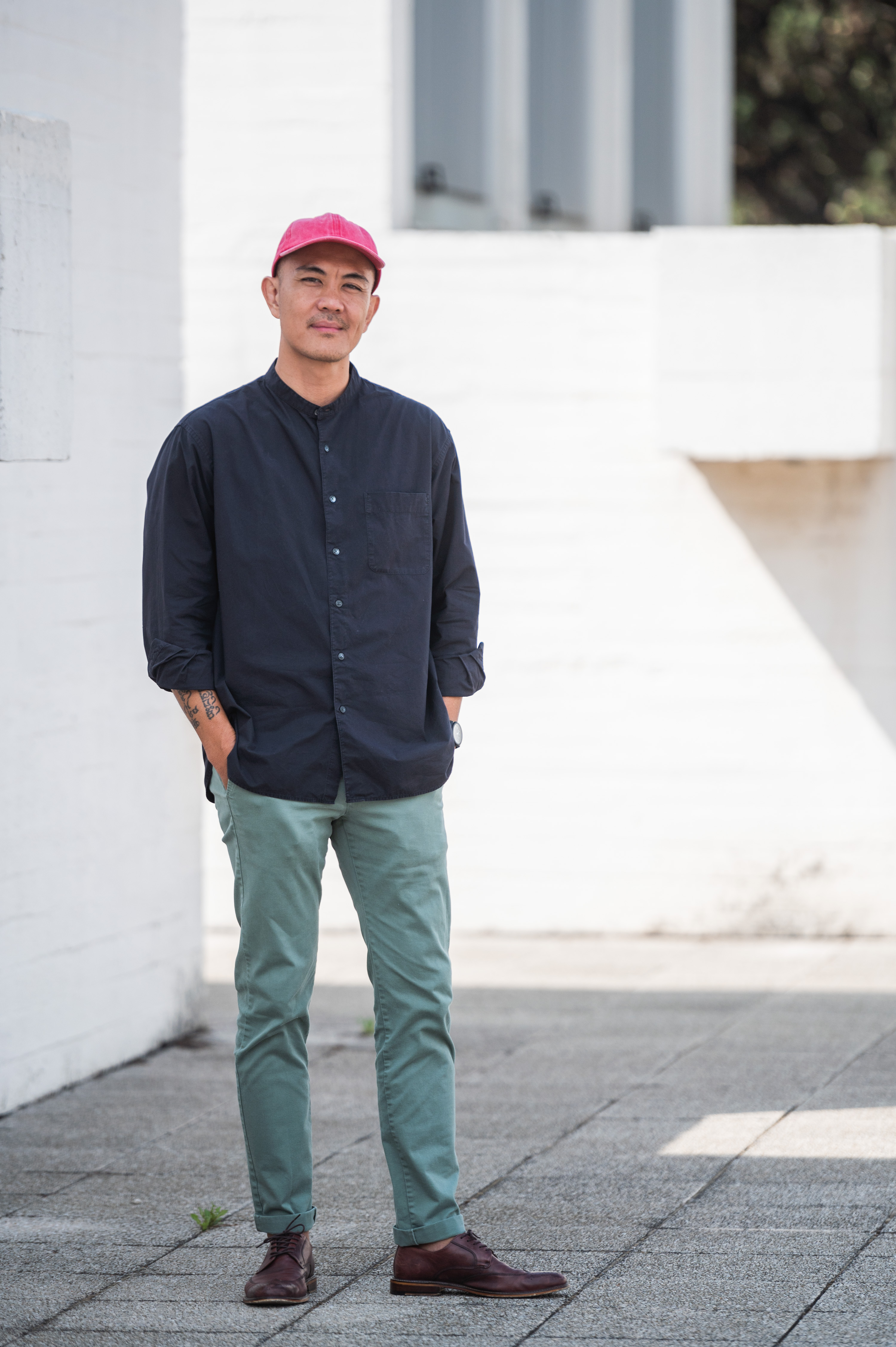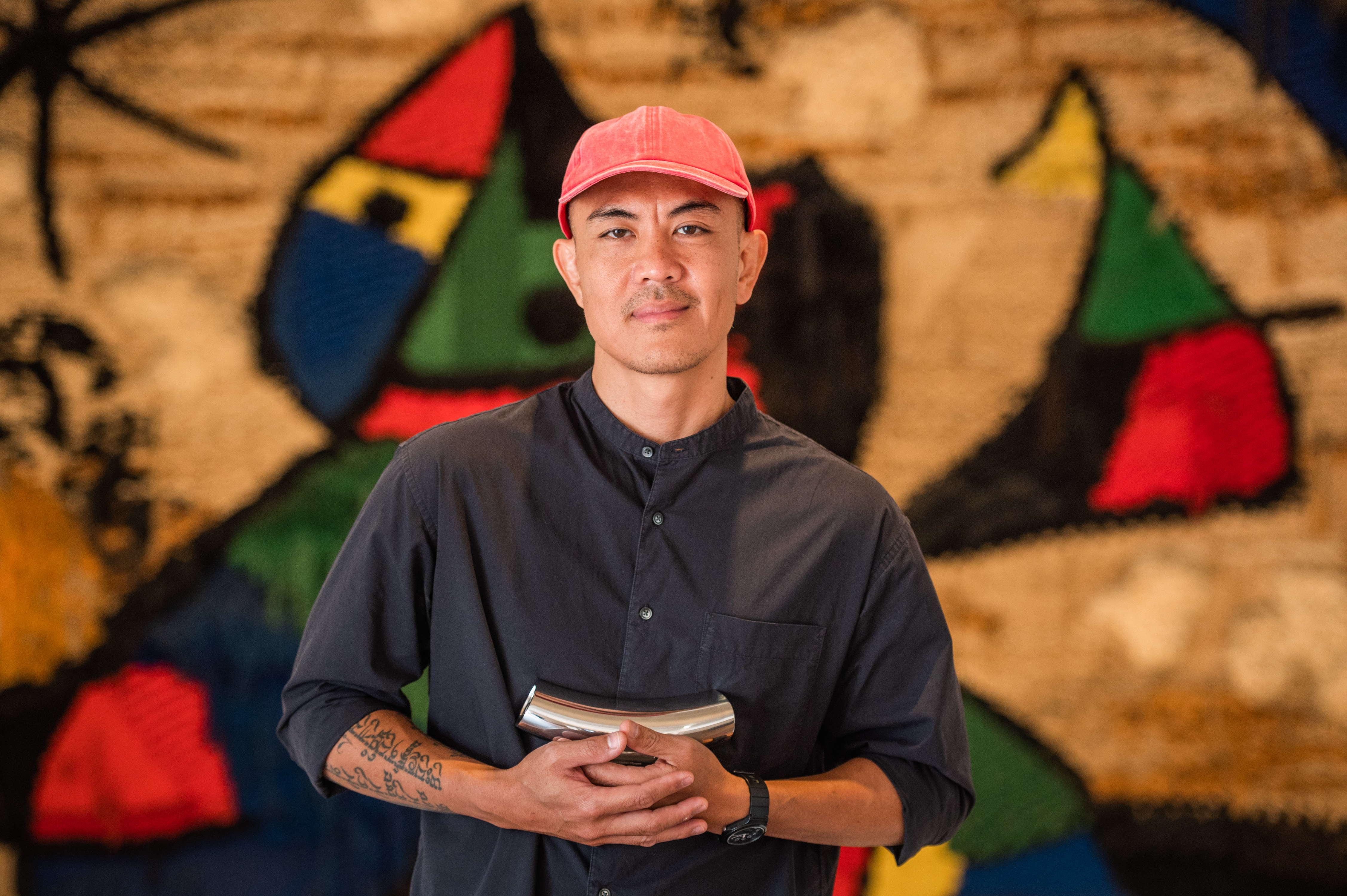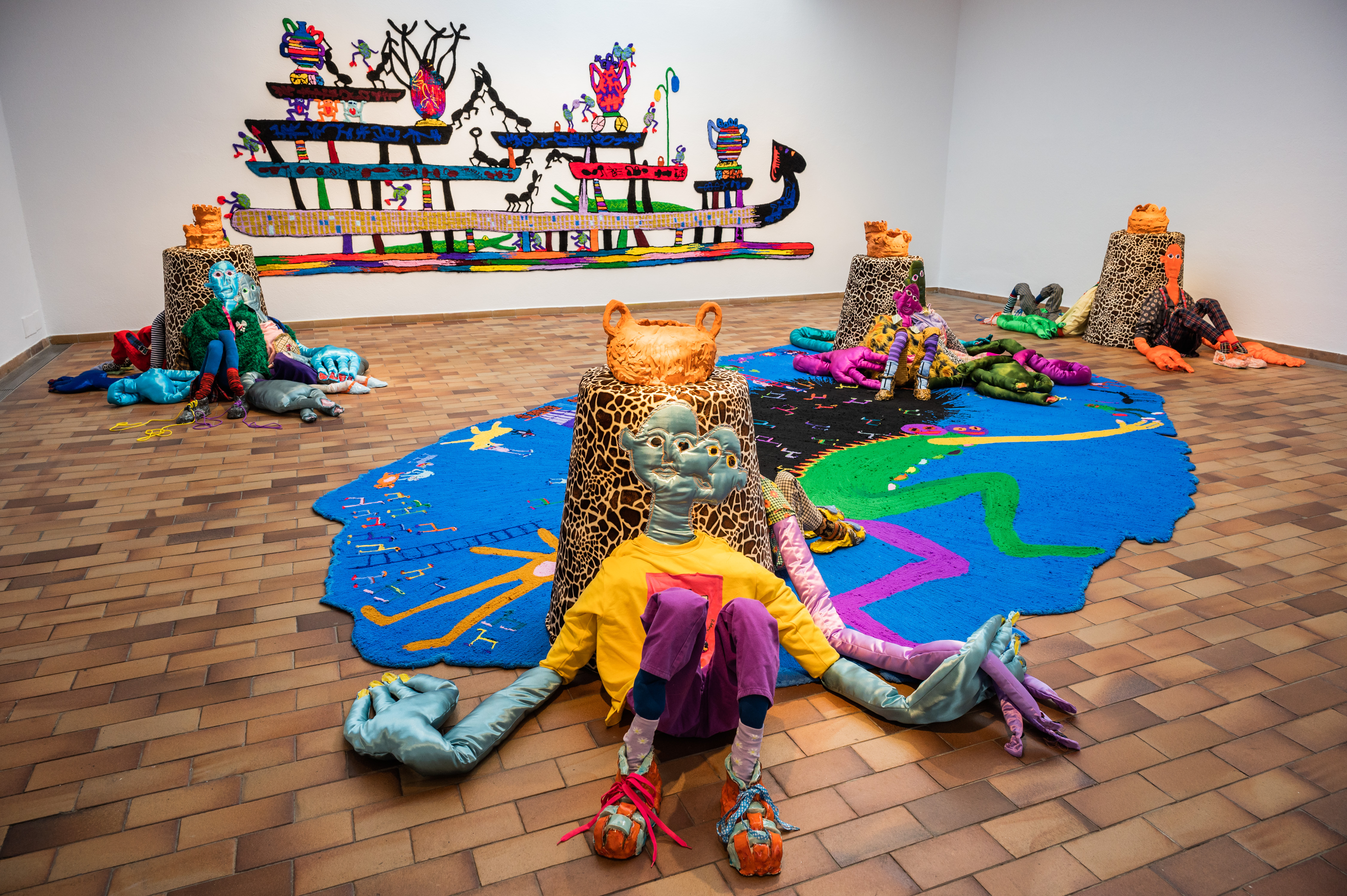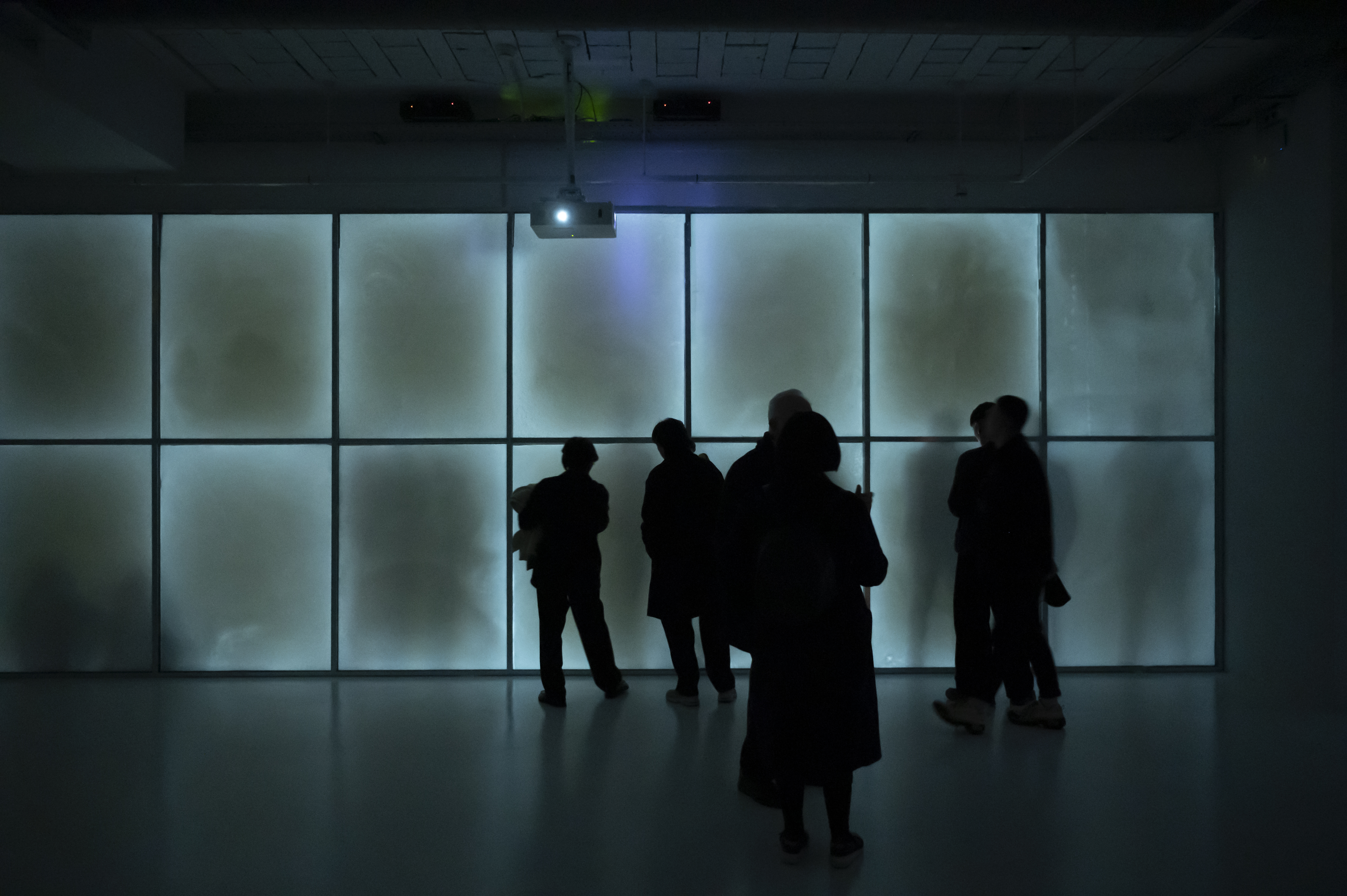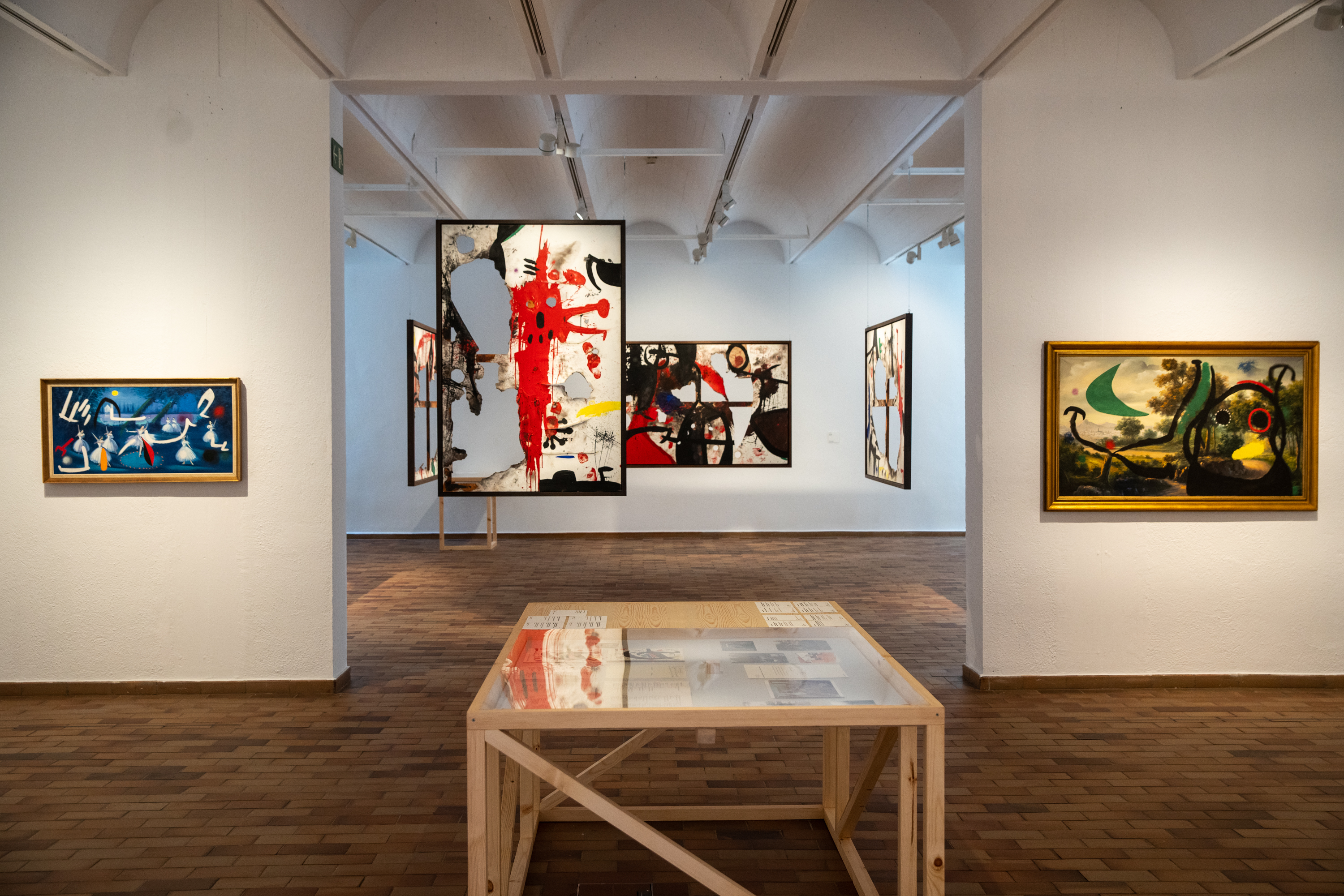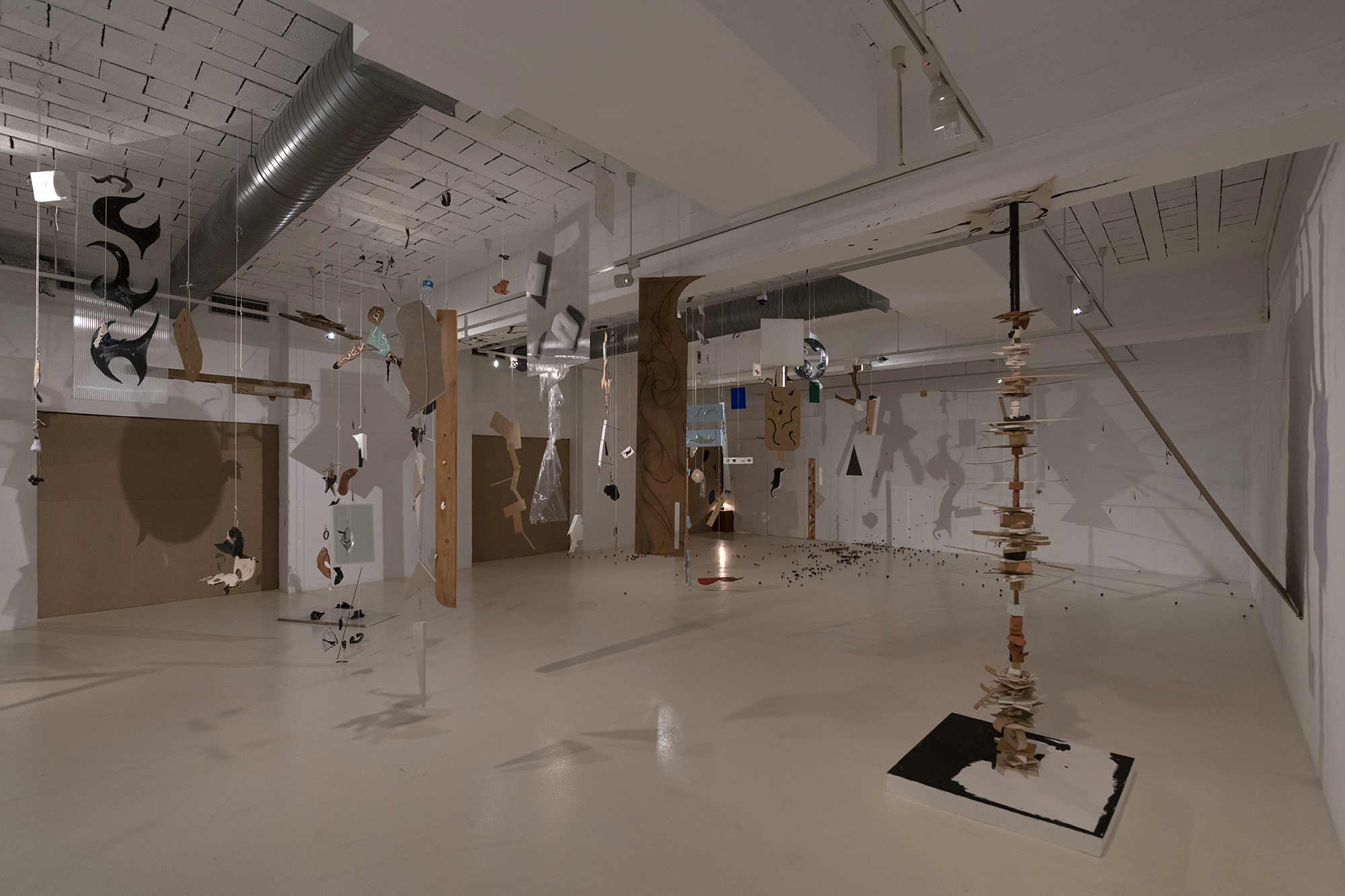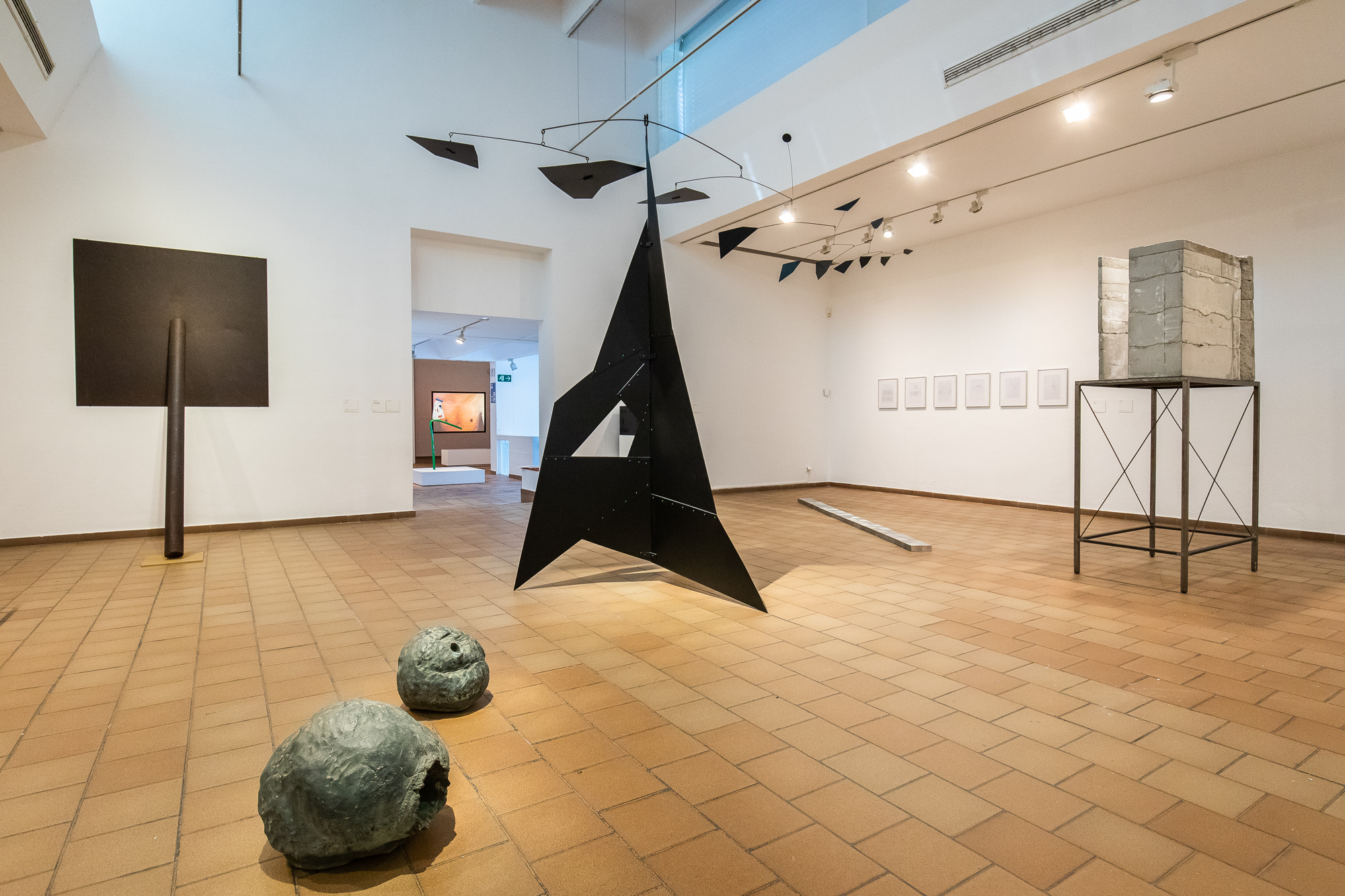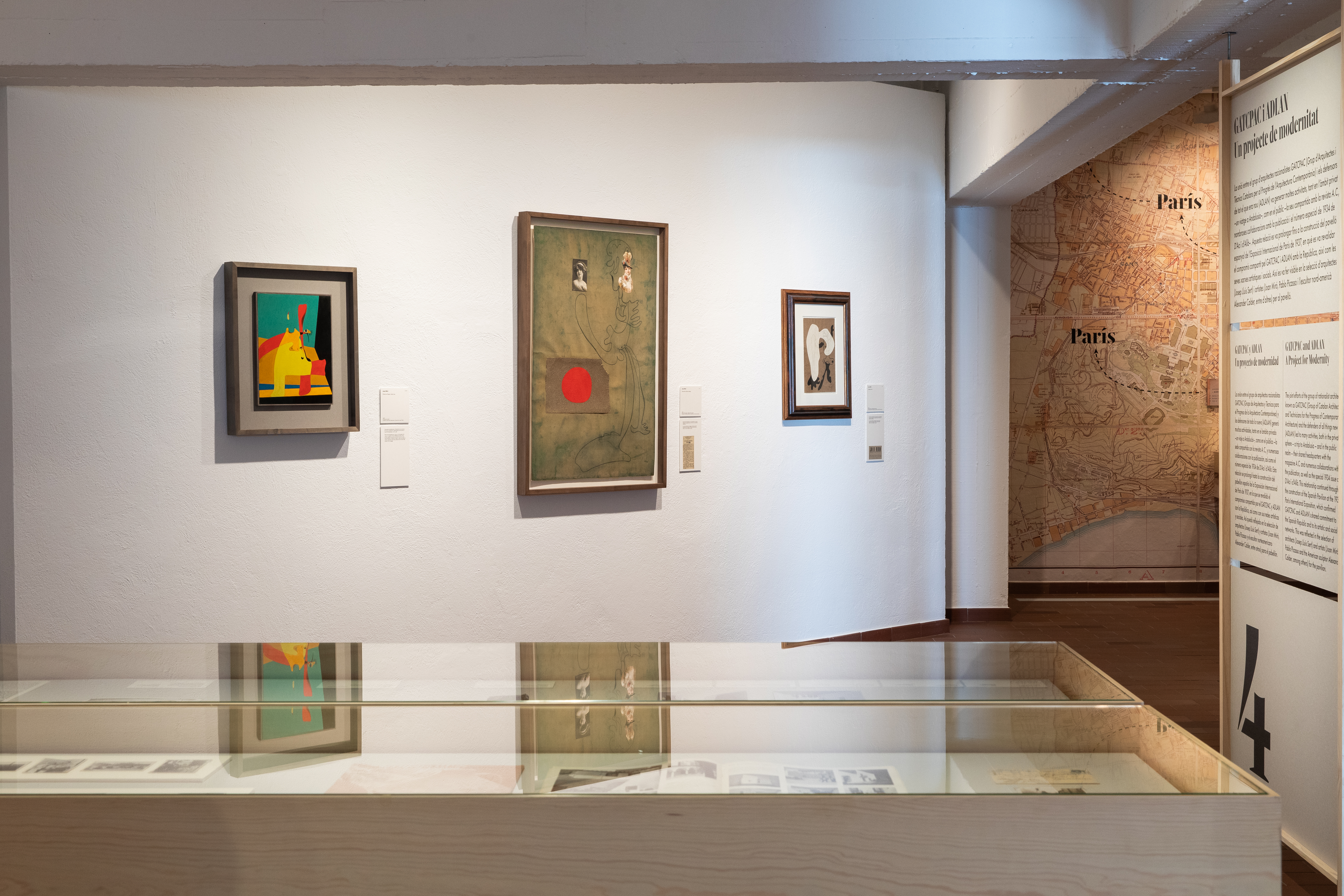October 28, 2017–January 21, 2018
Sumer and the Modern Paradigm examines the close connection between the ensemble of archaeological findings excavated from sites in current-day southern Iraq during the first decades of the twentieth century and the emergence of the artistic languages of modernity. Sponsored by the BBVA Foundation and curated by Pedro Azara, the show features a collection of almost 200 pieces, including a wide range of documents, significant Mesopotamian archaeological samples, and modern works dated from the late 1920s to the early 60s by artists such as Willem de Kooning, Alberto Giacometti, Henry Moore, Barbara Hepworth, Joan Miró, Henri Michaux, David Smith, Willi Baumeister and Le Corbusier.
The exhibition is divided into four thematic areas that analyse modern artists’ reception, appropriation, and recasting of aspects such as the myths, writing, composition or figuration of Mesopotamia. This analysis is preceded by an introduction about the discovery of Sumer in the West and closes with a sample of contemporary art inspired by the current situation in the region.
Between the two World Wars, academic and journalistic accounts of the archaeological findings in Syria and Iraq were in and of themselves a source of inspiration for modern artists, given the relatively scant opportunities for viewing the works first-hand. The exhibition sets forth the idea that their perspectives and their works were often the result of the mediation of all those documents—catalogues, magazines, photographs- thoroughly featured in the first exhibition space.
In the second room, the show addresses the influence of the myths and epic poems of Lower Mesopotamia. The translation of Mesopotamian texts and a broadened awareness of myths such as the biblical Tower of Babel or the Epic of Gilgamesh influenced the work of the German painter Willi Baumeister, the pictorial utopias of the Dutch artist Constant Nieuwenhuys and even the monumental modern architecture of Le Corbusier. Next, the exhibition focuses on the cuneiform script, chosen by artists such as Henri Michaux and Batlle Planas to create their personal form of writing which strove to convey the essence of things with no mediation whatsoever.
The legacy of the Sumerian compositional system in art up until today is the focus of the fourth area in the exhibition. The engraved Mesopotamian cylinder seals, which was rolled across a soft surface to print a negative image of its scenes as many times as the user wished, inspired artists such the sculptor David Smith. His medallions condemning the violence of war are shown in this space alongside three Sumerian cylinder seals from the Musée du Louvre.
In the fifth section, the show considers the connections between Mesopotamian figuration and the works of modern artists, describing how Sumerian statuary became a part of the Western artistic imagination further to its dissemination in journals such as Documents and Cahiers d’Art and, particularly, through the black-and-white photographs of Horacio Coppola. An important collection of these images accompanies relevant Sumerian sculptural works from the Musée du Louvre and the British Museum, such as the Head of Gudea (c. 2120 BC) or a stone worshipper (c. 2500 BC). These archaeological pieces are shown alongside the works they inspired, produced by Miró, Giacometti, Moore, Barbara Hepworth and Willem de Kooning, the latter of which is represented here with a large 1952 coloured drawing from the Centre Pompidou. The show closes with a selection of contemporary art addressing the situation of the archaeological sites in southern Iraq, featuring pieces by Francis Alÿs and Anselm Kiefer.
Sumer and the Modern Paradigm project is rounded out with a specific programme of activities and a publication which includes a curatorial essay by Pedro Azara; a text by Marc Marín about the impact of Sumerian art on Joan Miró’s work; an article by Brigitte Pedde addressing the influence of ancient Near Eastern art in the trajectory of the German painter Willi Baumeister, and an essay by Zainab Bahrani that reveals the links between Sumerian art and avant-garde art.


